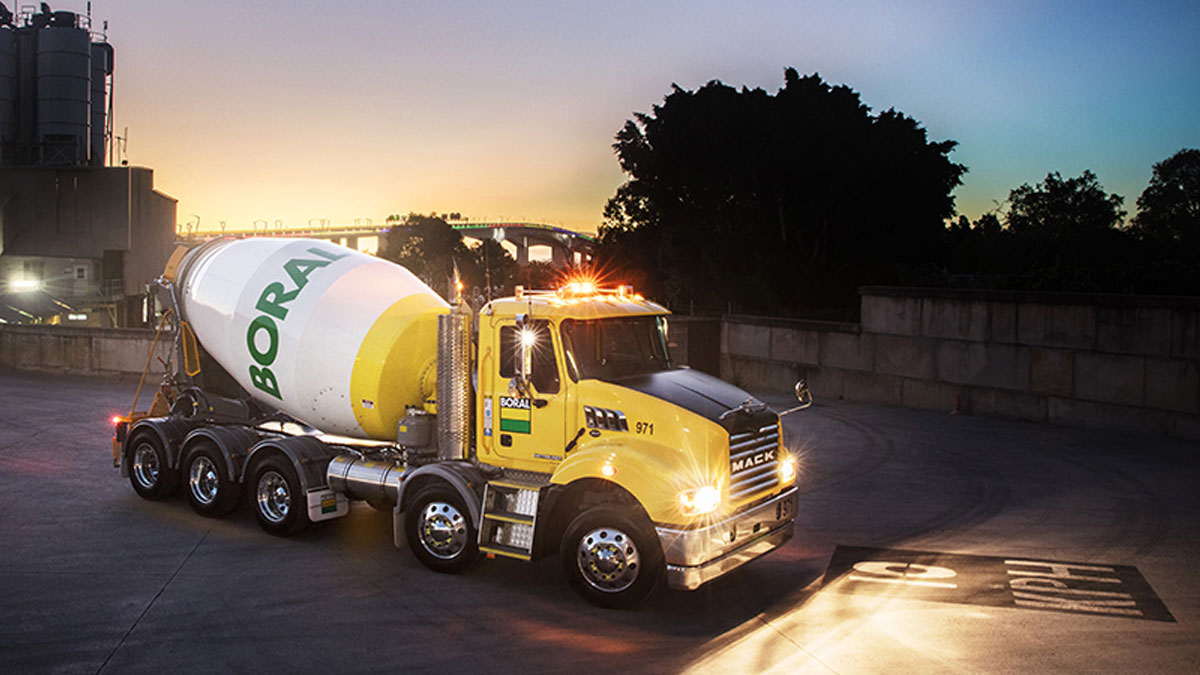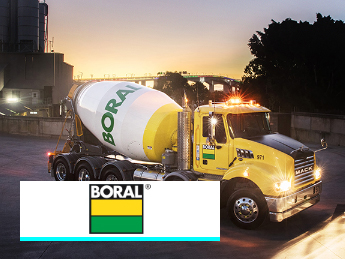Boral
Ultra-sustainable concrete with high supplementary cementitious material (SCM) content

Research partner
University of Technology Sydney
Total Project Value (AUD)
$7,020,178
IMCRC Funding (AUD)
$900,077
Start date
01/07/2020
Duration
2.5 years
For centuries, concrete has formed the foundations of modern society, shaping the buildings we reside in and roads we drive on.
It’s also one of the world’s biggest industrial contributors to carbon emissions, accounting for up
to 8% globally.
While some lower carbon concretes exist, Australia’s largest construction materials and building products supplier, Boral, believes it is possible to further reduce the embodied carbon in concrete through the continuous improvement of its design.
That’s why in 2020, Boral worked with IMCRC and the University of Technology Sydney (UTS) on a two-year research collaboration to produce, test and commercialise a new generation of lower carbon concrete.
By replacing 70% of the commonly used concrete binder, Ordinary Portland Cement, with
supplementary cementitious materials, Boral’s lower carbon concrete will enable further reductions in the embodied carbon of concrete buildings and infrastructure, without compromising concrete’s mechanical and durability performance, compared to that achievable using conventional concrete.
Boral’s General Manager of Innovation, Dr Ali Nezhad, said the IMCRC-facilitated research project was set to accelerate industry uptake of lower-carbon concrete.
“When we started, we were confident we could develop a lower carbon concrete that met the required standards at 70% cement replacement. The real challenge has been ensuring this concrete behaves like traditional concrete and that our customers can pump and place it using conventional methods,” he said.
To achieve this, Boral has worked closely with researchers at UTS on both the hardened and plastic properties of the concrete.
“One of the great things about working with the team at UTS is their expertise in durability and
durability testing. This is critical because we have to be confident the embodied carbon reduction objectives are met without compromising the mechanical performance and long-term durability of the concrete,” said Dr Nezhad.
Once the required hardened properties had been achieved in the lab, Boral started working with its customers in the field to ensure the concrete’s plastic properties would meet industry workability requirements.
Now in its final stages, the research collaboration has created and tested a commercial, scalable solution. Dr Nezhad credits the success of the project to strong collaboration between the parties facilitated by IMCRC’s industry-focused approach.
“IMCRC provided invaluable support from day one, shaping the design of the project and encouraging us to engage with UTS across multiple research disciplines including business and Built Environment,” he said.
“By facilitating this ‘whole of house’ approach and setting clear milestones, IMCRC has helped to ensure we will achieve a commercial outcome that our customers will embrace.
“This project represents a significant step change for Boral’s lower carbon concrete offering. At the same time, it has generated knowledge, capability and opportunities for researchers and PhD students, as they now have experience solving a real-world, industry-specific problem.
“By focusing on industry needs, IMCRC has helped to raise the credibility of research collaboration within the construction sector and paved the way for future projects,” Dr Nezhad concluded.

The concrete industry is inherently conservative because of the risks involved. To get our customers to trust Boral’s lower carbon concrete, it has to look, feel and behave like regular concrete.
Dr Ali Nezhad
General Manager of Innovation, Boral

